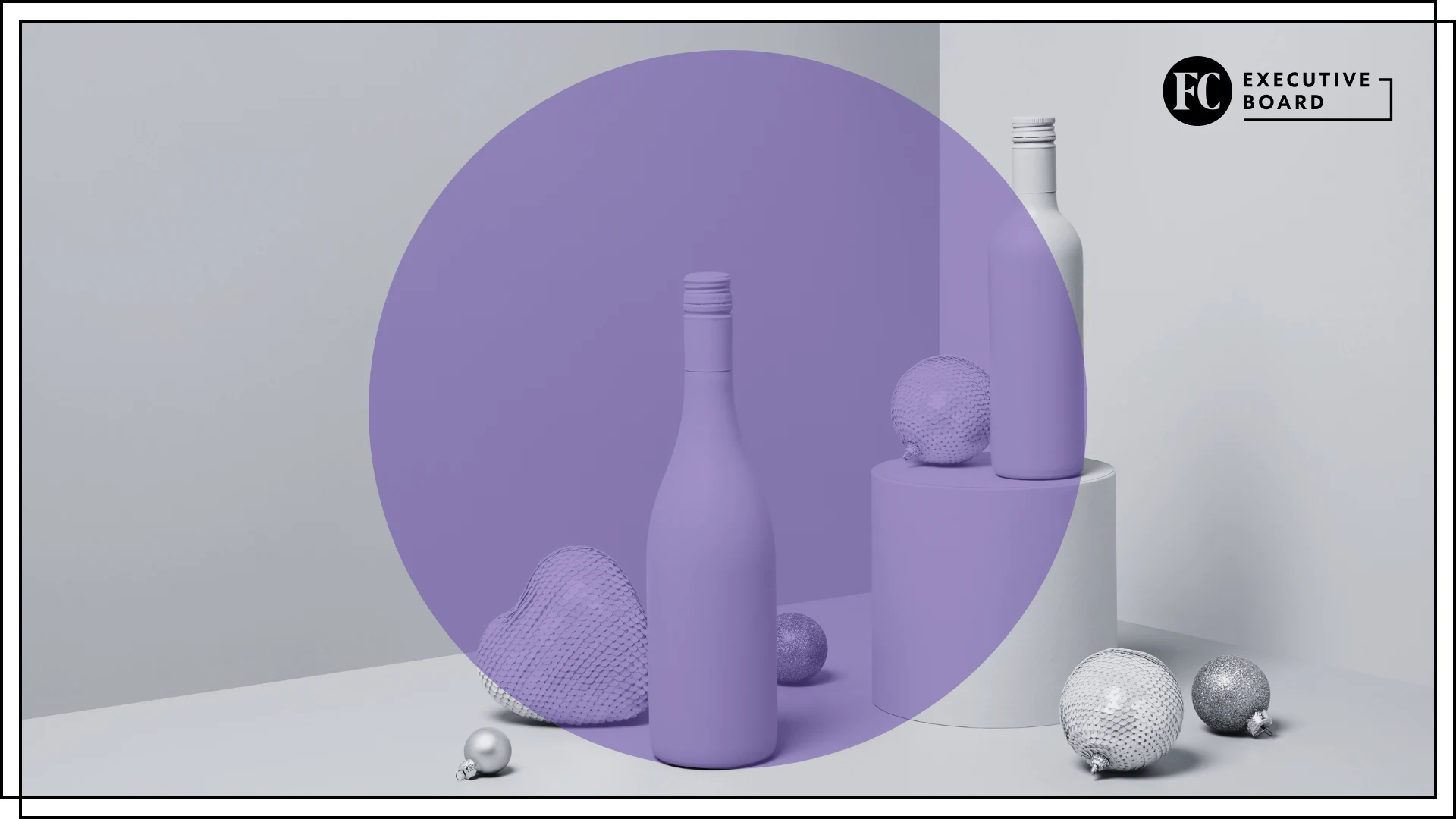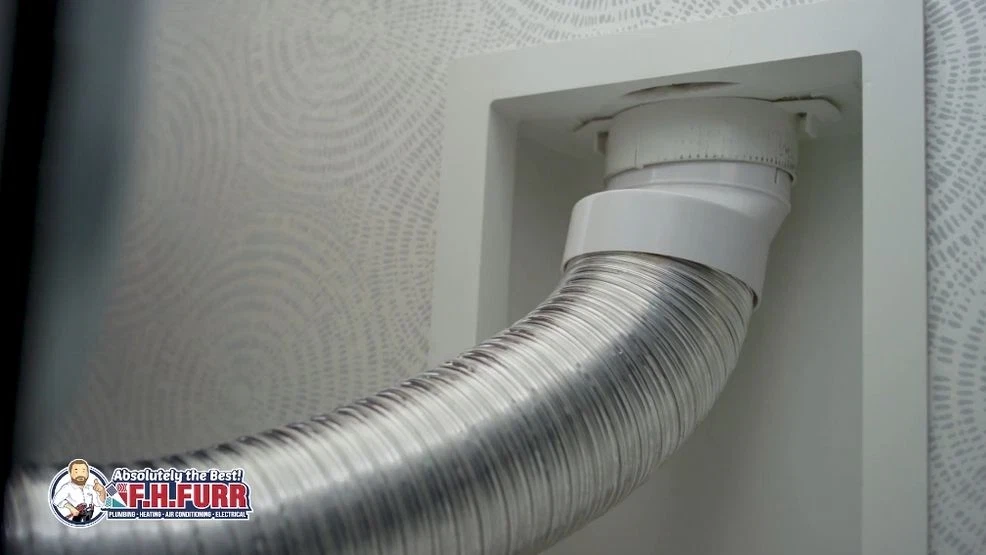
I saw it firsthand. Straight out of university, I landed a job in London. Thursday nights were the “big night out.” The whole team went out, many binge drinking into the early hours of the following day. On Friday morning, people were miserable. By Friday afternoon, productivity flatlined. People weren’t focused, they weren’t happy, and they certainly weren’t performing at their best.
THE DATA EXECUTIVES CAN’T IGNORE
The CDC estimates that alcohol misuse costs U.S. employers $249 billion in 2010, the latest data available, with nearly three-quarters (72%) of that figure coming from lost productivity. The data is clear: Alcohol and productivity do not mix.
The costs show up in multiple ways. There’s absenteeism, when employees miss work due to hangovers or alcohol-related illness. There’s presenteeism, when people show up but operate at a fraction of their capacity. And, there are workplace accidents and injuries, which rise significantly when alcohol is part of the culture. There are also long-term health consequences that drive up insurance premiums and add hidden costs to employers year after year.
Even moderate drinking adds to these effects. Studies show that just a few drinks can impair sleep, slow cognitive processing, and weaken decision making the following day. For leaders, that means alcohol isn’t a harmless perk; it’s a persistent drag on performance.
THE PROBLEM WITH THIS PARADIGM
Here’s the overlooked truth: Alcohol doesn’t enhance team bonding. Instead, it undermines it. True connection happens in spite of alcohol. Teams laugh, share, and connect because they’re human. Adding alcohol into this doesn’t enhance a single thing.
However, this is the leadership challenge. No one’s demanding “sober organizations.” People drink alcohol, and that is unlikely to change. But if all bonding revolves around alcohol, is that really the optimal culture for performance and relationship building? Well, things are starting to change.
THE TIDE IS CHANGING
Companies are always looking how to attract and retain the next generation of talent. With this in mind, younger generations are signaling a shift. A 2025 Gallup poll found that only 54% percent of U.S. adults now drink alcohol, the lowest rate since reporting began, and Gen Z is driving much of that decline. With this monumental change, it’s now time for leaders to start creating alternative ways for teams to bond.
Instead of “team drinks,” some other ideas may include:
Shared challenges: escape rooms, outdoor hikes, or team fitness events that build camaraderie through problem solving.
Creative workshops: cooking classes, art sessions, or improv that get people collaborating in new ways.
Skill exchanges: team members teaching each other personal or professional skills, from coding to photography.
Community projects: volunteering together for a cause that aligns with company values.
CLOSING THOUGHTS
Here’s the bottom line: Alcohol isn’t just a personal issue, it’s a business issue. If you care about performance, culture, and talent, you can’t afford to ignore it. The next decade’s high performers will be those building authentic connections, high trust, and resilience—hangover-free.



